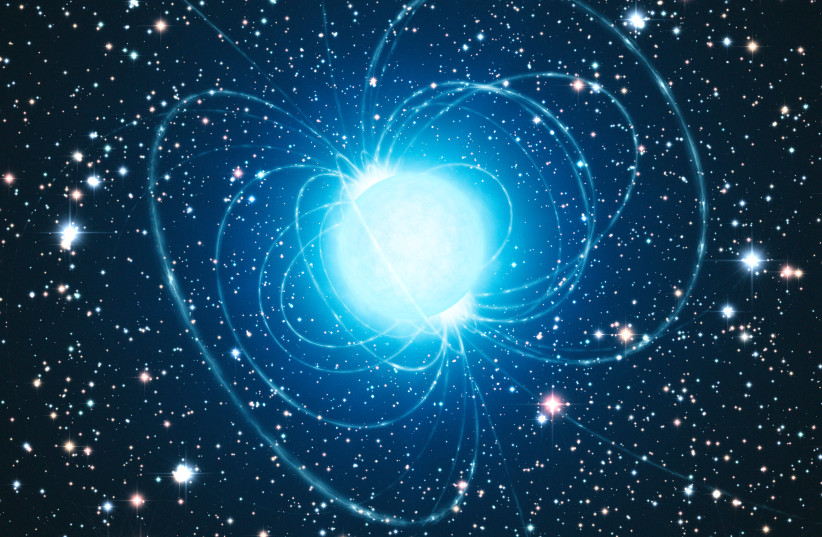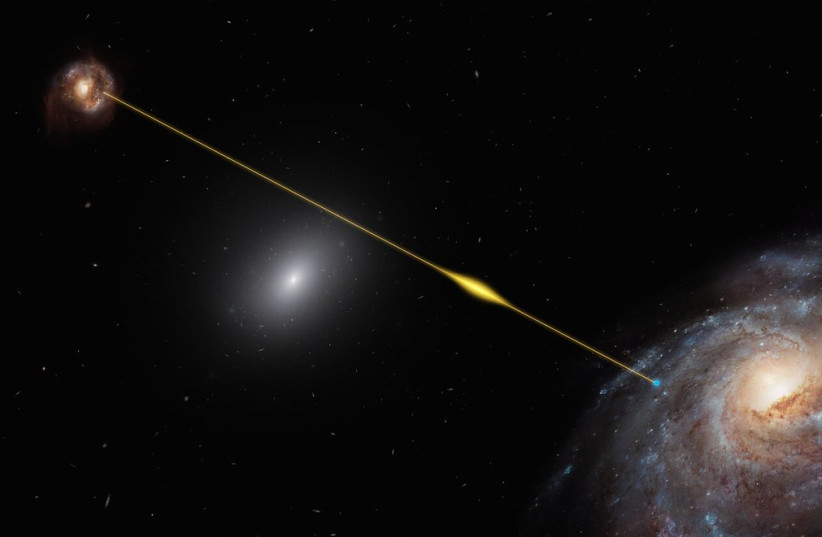Unique radio signal detected billions of light-years from Earth
A strong burst of radio waves detected in a different galaxy is the longest-lasting of its kind and may help astronomers measure universe expansion.

Astronomers believe they may have found a neutron star several billions of light-years from Earth by monitoring a consistent unique radio signal called fast radio bursts (FRB) which are strong flashes of radio waves that typically only last for a few milliseconds and usually cannot be precisely located.
FRBs are incredibly bright and can be compared to the power released by hundreds of millions of suns. Because of their great power, it is assumed they are involved with black holes or neutron stars.
The study, which was published in the peer-reviewed Nature journal, was based on data collected in the Canadian Hydrogen Intensity Mapping Experiment which locates and studies FRBs.
FRB 20191221A
The FRB detected in the experiment, classified as FRB 20191221A, was unique in that is the longest-lasting FRB at three seconds and is made up of nine components. This is unusual because FRBs usually last for less time, and only 0.5% of the FRBs detected in the experiment were made up of more than five components.

The astronomers' leading theory of the origin of FRB 2091221A is that came from a magnetar which is a type of neutron star with an ultra-powerful magnetic field that is about a trillion time stronger than Earth's magnetic field.
What is a neutron star?
Neutron stars are born from explosions of stars four to eight times the size of the Sun. When the star explodes, it creates a supernova which leaves behind it the core which collapses in on itself. The strength of the explosion causes the neutron star to spin at a rate as high as 43,000 times a minute — but slow down over time.
Neutron stars are so dense that their gravity is two billion times stronger than Earth's gravity.
“There are not many things in the universe that emit strictly periodic signals,” said MIT Postdoc Daniele Michilli. “Examples that we know of in our own galaxy are radio pulsars and magnetars, which rotate and produce a beamed emission similar to a lighthouse. And we think this new signal could be a magnetar or pulsar on steroids.”
“We have been observing periodic signals from neutron stars in the Milky Way for decades and it’s likely that this signal originates from a neutron star as well.”
Dunlap Fellow Ziggy Pleunis
“We have been observing periodic signals from neutron stars in the Milky Way for decades and it’s likely that this signal originates from a neutron star as well,” said Dunlap Fellow Ziggy Pleunis. “Because we don’t know of other objects producing periodic signals on these short timescales.”
The astronomers believe that if they can detect more periodic signals from the same source, they can possibly use them to measure the rate at which the universe is expanding by researching how they change as their source moves further away from Earth.


No comments:
Post a Comment